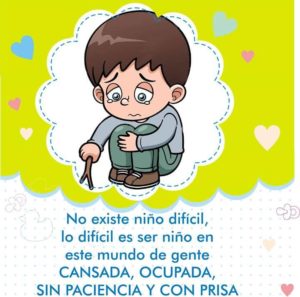bstractEmotional competencies have become a powerful tool for use in counselling practice that pursues high quality standards. Thus, counselling professionals are increasingly aware that emotions play an essential role within their practice. For this reason, the present study strives to identify perspectives of school counsellors working in the autonomous community of Galicia regarding the utility of emotional competencies in their day-to-day practice. A descriptive, non-experimental and quantitative study was conducted. A Likert scale was used to gather information as this tool enables specific and clear data to be collected quickly in order to provide a more complete description of the state of the issue. The quantitative data gathered provides valuable information pertaining to the most effective and useful emotional competencies for use in counselling practice and, therefore, favours efficient assessment of wellbeing.Keywords:counselling, competences, emotions, wellbeing, education
Las competencias emocionales se han convertido, actualmente, en una poderosa herramienta para el ejercicio de una acción orientadora que persiga unos altos estándares de calidad. Por lo tanto, los profesionales de la orientación cada día son más conscientes de que las emociones juegan un papel determinante en la práctica orientadora. Esto nos ha llevado a emprender un estudio con el objetivo de conocer la opinión de los orientadores/as escolares de la Comunidad Autónoma de Galicia acerca de la aplicabilidad de las competencias emocionales en su quehacer diario. Un estudio cuantitativo no experimental descriptivo, en el que se ha utilizado una escala de valoración tipo Likert como instrumento para la recogida de información y así acceder de manera rápida y clara a unos datos que nos ayudarían a disponer de un retrato completo sobre el estado de la cuestión. Los datos cuantitativos resultantes proporcionan una valiosa información para conocer las competencias emocionales más efectivas y útiles en la praxis orientadora y así afrontar de manera satisfactoria y favorable el bienestar.
FUENTE:
Fernández Tilve, M. D., & Malvar-Méndez, M. L. (2024). Educar para el bienestar emocional en tiempos convulsos: un estudio desde la perspectiva de la orientación escolar . RELIEVE – Revista Electrónica De Investigación Y Evaluación Educativa, 30(1). https://doi.org/10.30827/relieve.v30i1.30389
